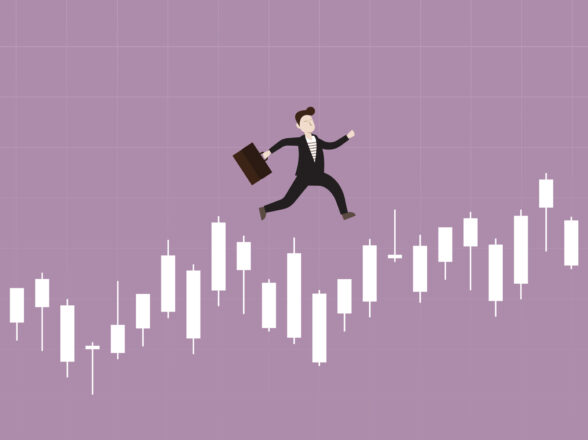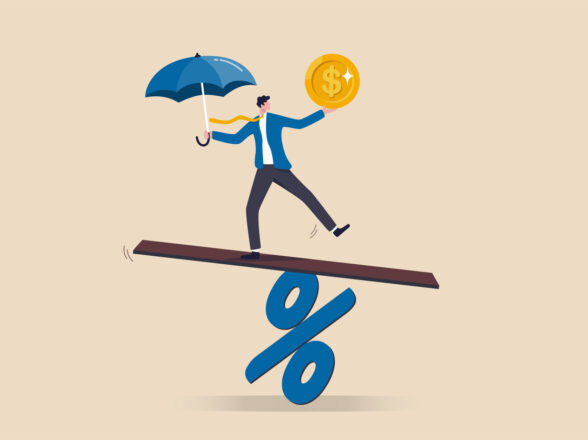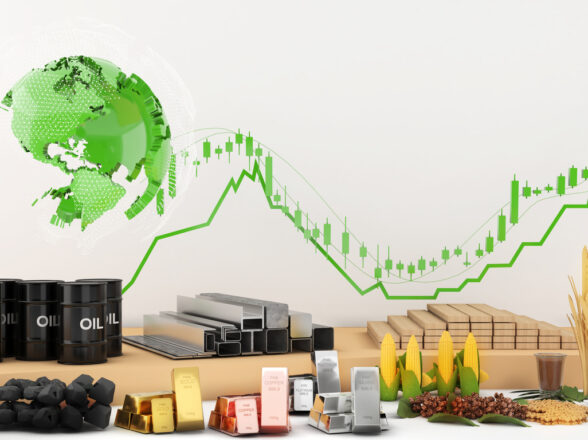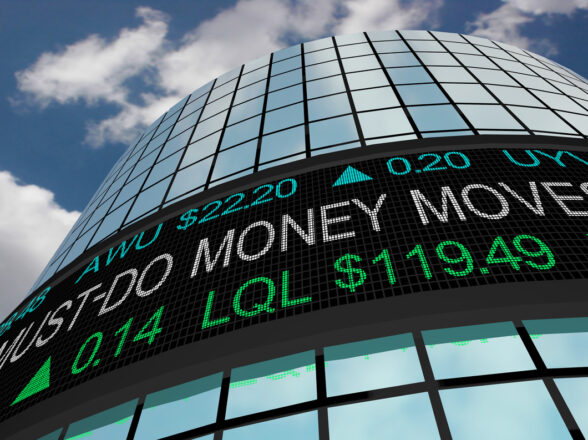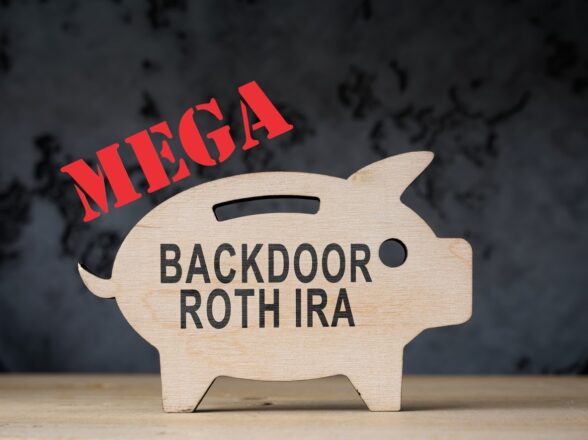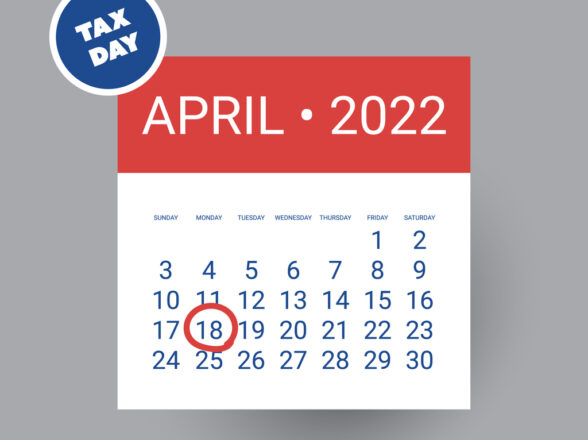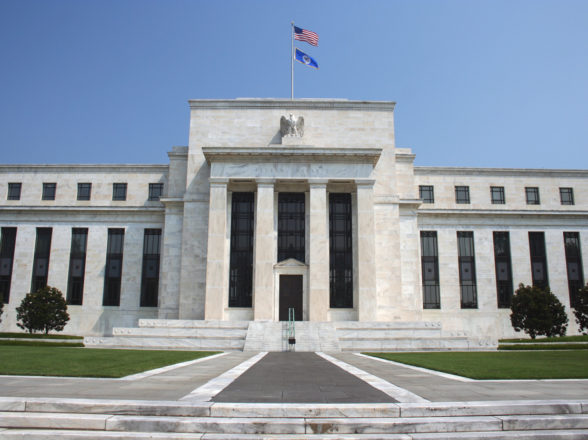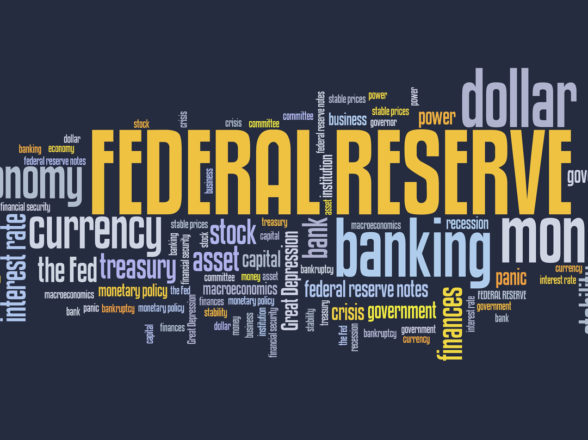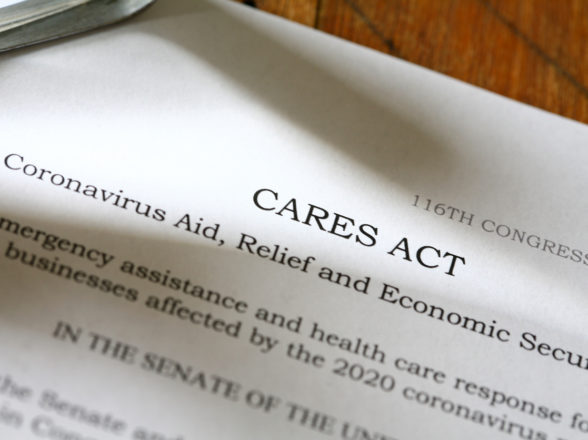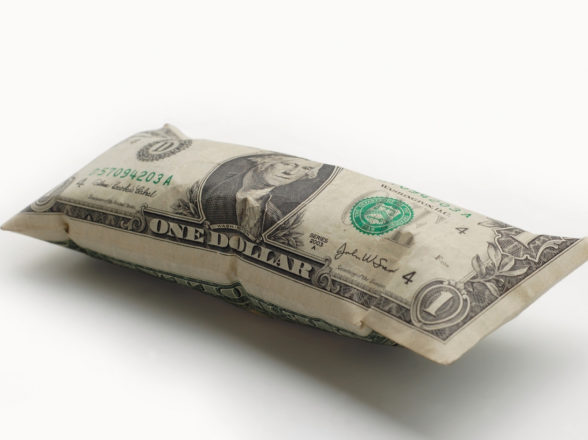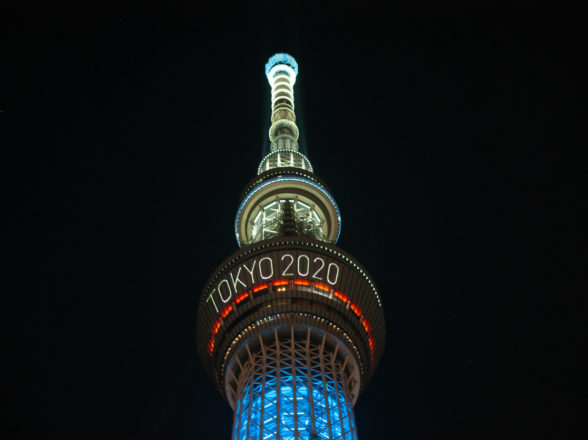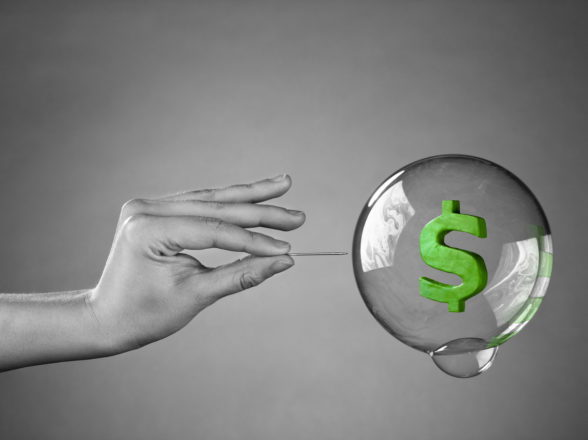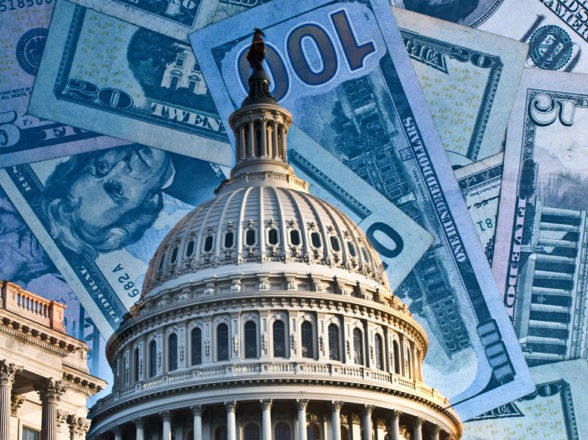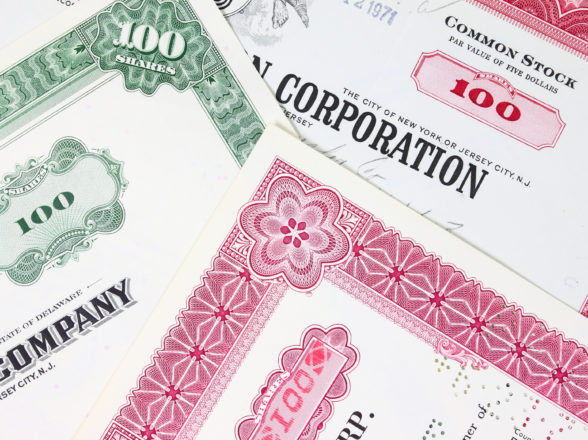Blog
Markets and War
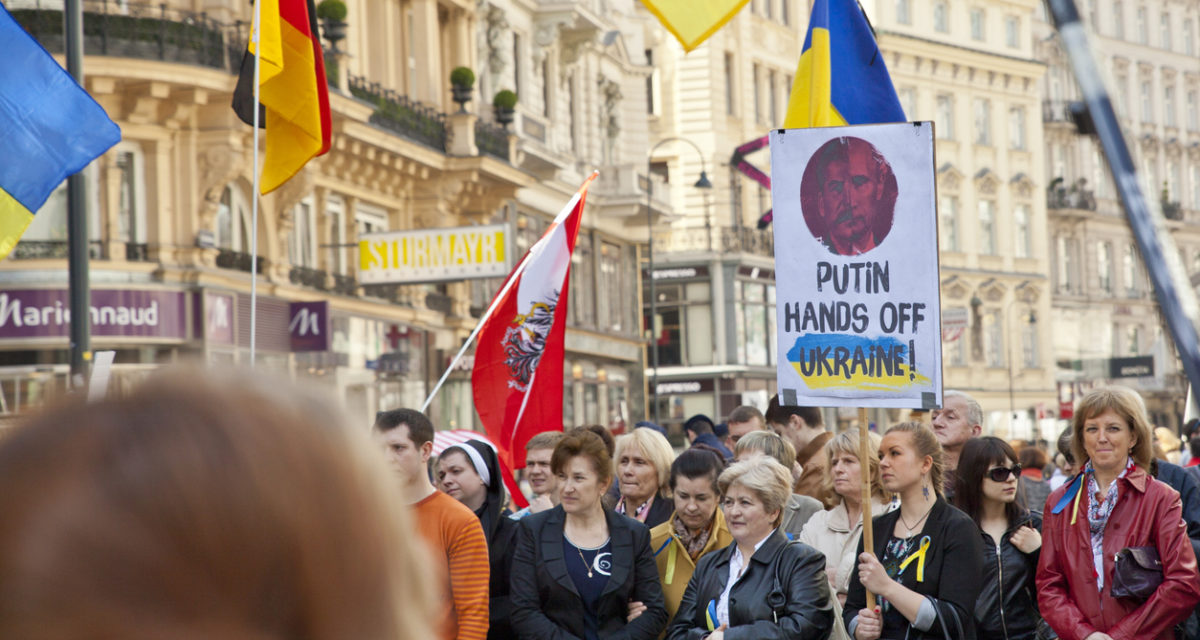
Conflict and finance have always had a close relationship. Apart from the effects of economic warfare and increased spending, there is a lot of uncertainty in the involved countries, which has an effect on the market.
Recently, the invasion of Ukraine by Russia has been the central subject of interest, so investors need to understand what to expect in order to protect their assets. The only way to do that is to look at past conflicts and how they affected the market for insights about how the current invasion could unfold.
In this paper, we will get insights from past major wars such as WWI, WWII, Korea, Vietnam, Persian Gulf and Iraq wars. We will study the causes of the war, the situation leading up to the war, and how the markets performed before the war, when it started, during, and after the war.
World War I
Before WWI broke out, tensions had been brewing all through Europe. So, when Archduke Franz Ferdinandwas shot to death along with his wife on June 28, 1914, it set off a catastrophic chain of events that ended four years later with over 40 million casualties.
Kristina Simeunovic discovered that markets don’t like uncertainty in the paper An Analysis of the Effect of War on the United States Stock Market.Terrorist attacks and surprise wars have a negative impact on stock and bond prices, while wars with a prologue have a positive impact.
The first world war came as a bolt from the blue for investors. The market did not appreciate the risk of war as it did not react to the assassination of the Archduke.
When Austria-Hungary declared war on Serbia on 28 July, panic ensued, liquidity dried up, and short-term interest rates spiked. As European investors liquidated their US holdings, the NYSE was closed later that week on 31st July. The DJIA close was 71.24. When trading reopened on 12th December 1914, the posting was 54.62, a 24% drop.
Despite this drop, the WWI was a boon for the economy, as the DJIA rose 110% into 1916, and did not revisit this low until the Great Depression in 1932.
It also attracted a huge number of investors to the financial markets. Before the war, there were less than half a million subscribers to the war bonds. By the end of the war, the number had grown to more than 20 million. It also increased the supply of debt as US government’s debt grew 8 times.
The long-term impacts on the markets include:
- The war destroyed the global integration of capital markets
- The gold standard never returned
- The number of international shares listed by stock exchanges reduced
- The number of regulations of stock exchanges increased
- Germans were not allowed to trade on the LSE for years
- The center of global finance was changed from London to New York
WWII
The harsh economic crisis of the Great Depression consumed the US throughout the 1930s and was still recovering when Germany invaded Poland. The unemployment rate hovered around 25%, and the standard of living for most Americans was 60% lower than before the 1929 crash.
The bull market following the great depression peaked in February 1937 followed by a crash due to contractionary policies by the Fed and US. Treasury.
The market recovered from mid to end 1938 following the Munich Pact in September and generally remained on the same level until September 1939. When Germany invaded Poland, the DJIA fell 6.3% in two days, and 24% in May/June 1940 when Germany invaded France.
On December 7, 1941, Japan attacked Pearl Harbor, catching them by surprise. The market was already on a downward swing, and continued to fall until April 1942, where it formed a bottom which hasn’t been crossed up to date. It had fallen over 40% from its 1939 high.
This bottom was caused by the certainty that the war will go in US’s favor signaled by the U.S. Navy’s victory at the battle of the Coral Sea. It rose 129% to May 1946. The end of the Pacific War following the atomic bombs brought a new fear to the market; fear of a new war fought with atomic weapons, causing the 1946 crash. The markets then hanged around the bottom until June 13, 1949 when the war and the Great Depression ended.
The mobilization of the United States in preparation for the war after the attack on Pearl Harbor helped jump start the economy, cutting the unemployment rate to about 10%, and ending the Great Depression. During the war, from 1939 to 1945, DJIA was up a total of 50%, more than 7% per year. According to Mark Armbruster, the president of Armbruster Capital Management, stock market volatility was also lower during the war.
Korean War
At the end of WWII, Korea, which had been occupied by the Japanese, was divided into two along the 38th parallel. North Korea was supported by the Soviet Union and China, while South Korea was supported by the United Nations, primarily the US.
On June 25, 1950, the Korean People’s Army (KPA) crossed the 38th paralleland invaded South Korea. The UN rapidly responded, sending troops from various countries to South Korea. They were able to drive KPA back into the North.
With over 3 million dead, the war ended in July 27, 1953. An armistice was signed agreeing that Korea would remain a divided country.
As aforementioned, the market abhors uncertainty. And the invasion of South Korea was a surprise. That is why on the Monday morning following the attack, the Dow dropped 4.7%. The next day, it dropped 0.8%, but had the highest trading volume since Germany invaded Poland.
From the high of June 12 to July 13, DJIA lost 14.8% but it was contained. The drop was halted when the US forces, hastily transported from Japan, achieve some sort of victory, signaling to the market that the war might go its way.
By September, it had regained the loss. It continued with a mild, choppy advance till the end of the war where it formed a bottom on August 1953. It then rose sharply to the 1966 peak.
When the war began, inflation skyrocketed as consumers hurried to by fearing shortages. Prices rose a total of 11% from the onset of the war to when price controls were imposed in January 26, 1951. Part of the increase in prices was due to the increase in taxes to finance the war.
Vietnam War
The Vietnam War was a long divisive conflict fought by North Vietnam and its allies Soviet Union, and China, against South Vietnam and its principal ally, the US. It lasted twenty years, from November 1, 1955 to April 30, 1975. It is one of the most unpopular in United States history.
After two days of uninterrupted economic growth and stock market gains after the end of WWII, the Vietnam war increased government spending. The federal government took action and tightened credit conditions early 1966. The market hit new highs in January and March, in the same year, it dropped 22% over the next 8 months.
By early 1968, it had rallied to new highs due to the spending-fueled economy. However, over the next 15 years, stocks barely advanced at all. This massive spending led to widespread inflation, exacerbated by a worldwide oil crisis in 1973 and skyrocketing fuel prices. It led to a mild recession in 1970.
Gulf War
On August 2, 1990, the Iraqi military led by Saddam Hussein invaded the state of Kuwait and had fully occupied it within two days, killing people and seizing property. Their apparent aim was to acquire the nation’s largest oil reserves, to cancel a debt owed and expand their power and influence in the region.
They also threatened Saudi Arabia’s oil fields which produced 25% of the world’s oil production at the time. The possibility of higher oil prices and low supply scared investors and the market fell until October 1990 when the market started seeing a turn in conflict.
At that time, Saddam Hussein’s assault appeared to stall in Kuwait, and it seemed unlikely to continue to Saudi Arabia. The United-States led coalition of 35 countries was beginning to strengthen around the same time. Once Operation Desert Storm commenced the market rallied, surpassing the pre-war level.
Iraq War
The invasion of Iraq in 2003 was the first stage of the Iraq war. It began in March 20, 2003, and lasted a bit over a month. Troops from US, UK, Australia, and Poland invaded Iraq to destroy what they believed were stockpiles of weapons of mass destruction (WMD) and end the dictatorial rule of Saddam Hussein. History is still being written on the effects this had on the Middle East and the balance of power, and the reverberations can be felt even today. The war was formally ended on May 1, 2003, but US military forces remained in the country until their withdrawal in 2011.
In the period leading up to the war, the market fell. But when the coalition invaded Iraq, the market bottomed and rose for the next four years.
Final Thoughts
Over the last few years, markets have been conditioned to minimize the effect of geopolitical and political shocks because there is the belief that the initial shock won’t be intensified, and banks are seemingly ready and able to repress financial volatility. The real question is, “Should they?”
With the Russian invasion of Ukraine happening this very moment, we stand ready to help you understand how we have you positioned and methods we use to protect your portfolio when disruptions, like wars, occur. It’s a challenge we readily accept.



























